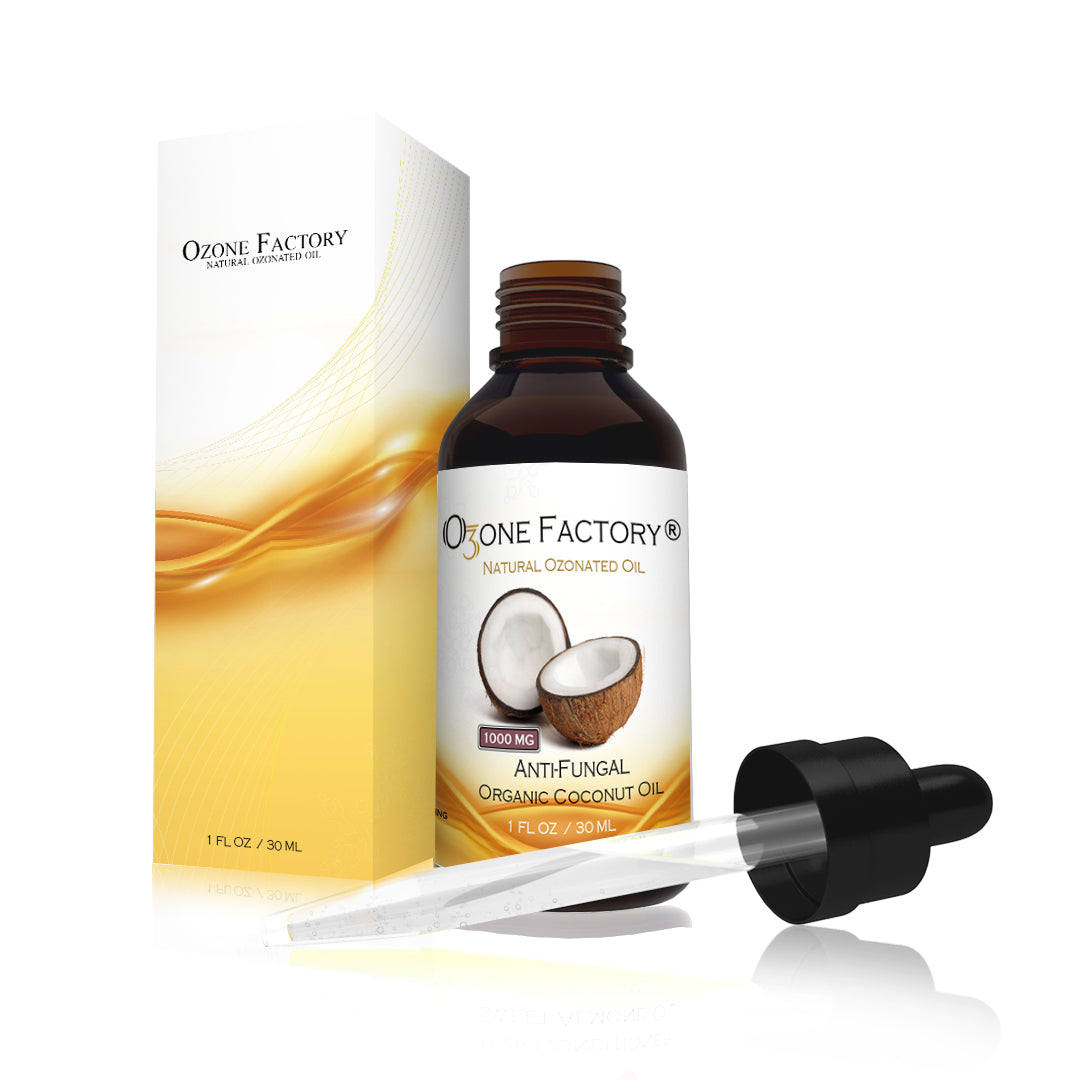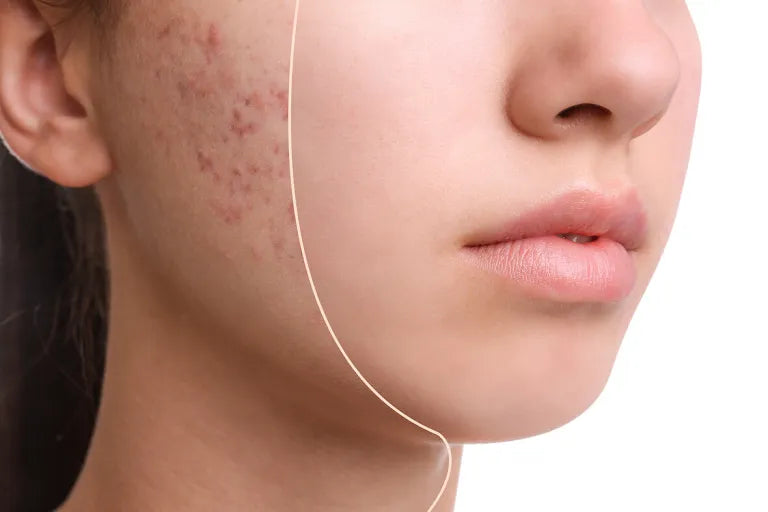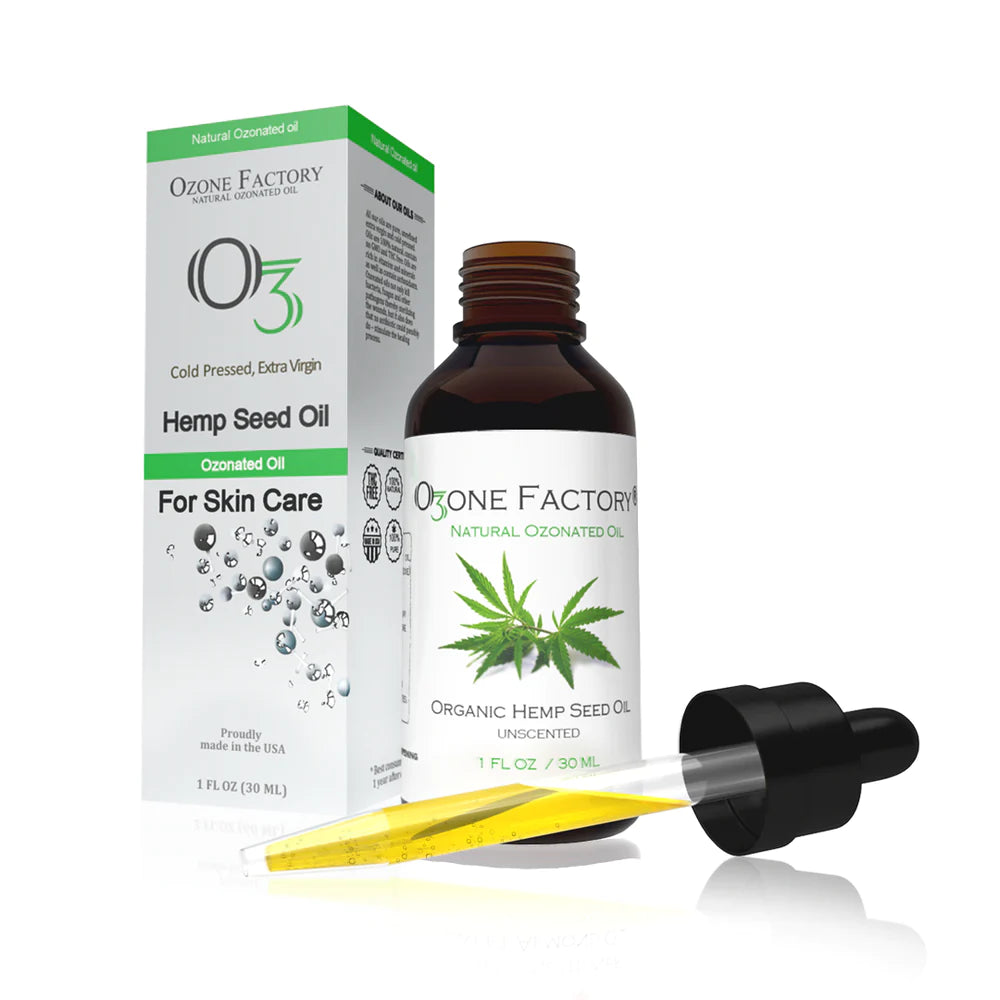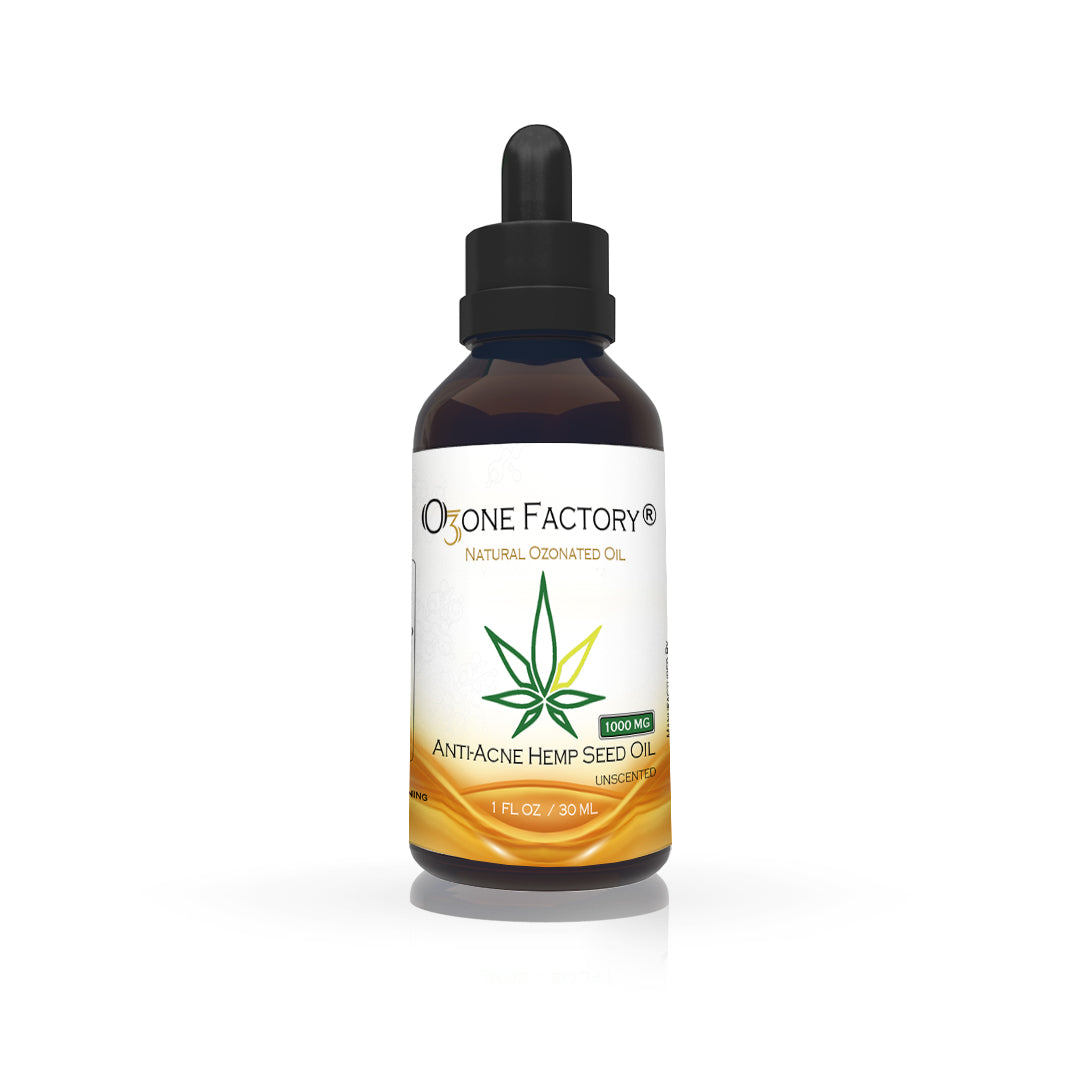
Ozone therapy has been marred by conventional science for years due to many flawed experimental designs or small sample sizes of the population in which it intends to study. For this reason, many physicians have dismissed ozone therapy and limited funds have been delegated to furthering the knowledge of its therapeutic effects. However, there is evidence that suggests that ozone does have various therapeutic effects that range from disinfection of pathogens, anticancer properties, and treatment of back ailments.
In general meaning, ozone therapy results in the short-term production of reactive oxygen species such as hydrogen peroxide, and the long-term production of lipid oxidation products (LOPs) that induce repeated oxidative stress. By these mechanisms, ozone therapy increases the production of antioxidant enzymes from the body’s cells and tissues while providing protection against malignant cells and cellular lesions of diverse etiology (hypoxia and ischemia, toxins, infectious agents, immunologic reactions, physical agents and aging).
The beneficial physiological effects of ozone therapy have been thoroughly investigated in some instances and a wealth of published research exists on the subject. The relative simplicity of this therapy, coupled with the low potential for severe side effects or adverse events, makes ozone an attractive adjuvant therapy for a number of health conditions.
To understand the characteristics of ozone as a potent oxidant and its effect on physiology and the immune system is necessary to speak about physiochemical properties of ozone.
PHYSICO-CHEMICAL PROPERTIES OF OZONE
The word ozone derives from the Greek ozein (ὄζειν), whieh means "to give off a smell". It is an unstable gas of a soft sky-blue colour, with a pungent, acrid smell already perceptible at a concentration of 0.005-0.01 ppmv. The molecule is composed of three oxygen atoms (03) and has a molecular weight of 48.00. It has a cyclical structure assessed by the spectrum absorption in the infrared region, with a distanee among oxygen atoms of 1.26 A.

Mesomeric states ot ozone
In the liquid state, ozone has a dark blue colour and has a boiling point quite different from oxygen (O2 boiling point (at 760 mmHg) is -182 .96°C and of O3 is -111.9 °C). In the liquid and solid state, ozone is highly explosive. Among oxidant agents, it is the third strongest, after fluorine and persulphate. It violently reacts with oxidizable organic compounds such as benzol, dienes and alkanes. Ozone is soluble in methanol and CFC in equal volumes and, of interest from the medieal point of view , is far more soluble in water than is oxygen (At 25 °C, ozone solubility is 109 mg/l. The solubility of oxygen is 8 mg/l. Ozone is 13 times more soluble than oxygen.)
Ozone is formed from oxygen via an endothermic process:

For the production of medical ozone, it is indispensable to use pure oxygen for medicaI use. As shown above, the reaction is reversible and the dissociation velocity from ozone to oxygen depends on the temperature. This means that ozone is a metastable gas with a temperature-dependent half-life and it is hardly storable.

Therefore, for the biomedical application of ozone, it must be prepared ex tempore and used at once for treating the patient. This means that the ozone generator must be situated near the patient, in a suitably aerated room so that even traces of ozone in the air are quickly removed.
For medical purposes, it is not possible to transport ozone directly, but we can to “put” ozone in solvent (ex. water or oil) to increase its lifetime.
Chronic torpid ulcers, exposed dirty traumatic lesions, infected wounds, burns, insect stings, herpetic skin lesions, fungal infections, etc. are advantageously treated with ozonized water or oil rather than gas because it is easy to apply a compress soaked with ozonized water or oil to any part of the body. Moreover, there is no risk of breathing ozone, particularly with a generator not equipped with a suction pump connected to an ozone destructor.
Solution of ozone in water takes place according to the law defined by Henry in 1803: under ideal thermodynamic conditions, the saturation concentration of a gas in water is proportional to its concentration. However, this is correct only if the water is absolutely pure (bidistilled) and the temperature and ozone pressure remain constant.
After reaching the plateau phase, the ozonized, bidistilled water can be used or stored in a glass bottle tightly closed with a teflon cap, possibly in a refrigerator. Ozone decomposition depends largely on the temperature. If it is kept at +5 "C, the theoretical half-life (t/2) is about 110 hours, i.e. after this period the initial ozone concentration of 20.8 ug/ml (26% of 80 ug/ml) would decrease to about 10 ug/ml. This is of practical importance because ozonized water, if maintained properly, can be used for at least 48 hours at the patient's horne for domiciliary treatment.
Therefore, the instability of ozone is due not only to its metastable nature but mainly to its high reactivity with ions and an array of organic molecules such as those present in biological fluids, namely PUFAs, compounds with sulphydryl groups (-SH), several amino acids and carbohydrates. In such cases, ozone solubility no longer follows Henry's law because as soon as ozone dissolves in water, it encounters a molecule and reacts immediately with it. As a corollary, if ozone is still present in the gas phase, it will dissolve in the water phase but again it will react instantaneously with other molecules and disappear from the water.
In the last decade, there has been a growing interest in the application of ozonized oils. In Cuba, probably because of the lack of other pomades, ozonized oil has been widely employed in torpid ulcers, bacterial, viral, fungal and parasitic infections. As a natural preparation, ozonized oil is now available in several countries. In 2001 ozonized sunflower oil (Oleozon) from Cuba was tested by Sechi et al. (2001) and it was found to have valuable antimicrobial activity against all the micro-organisms tested. Pure olive oil (sunflower oil is employed in Cuba) is ozonized by bubbling O2-03 gas through it for two days until it solidifies. Olive oil contains about 80% oleic acid (18:1 n-6) and, according to Miura (who works at the College of Medical Technology, Hokkaido University, Sapporo, Japan), 1.0 g of oil can absorb up to 160 mg of ozone. After ozonization, characteristic modifications were assessed by observing a 13C-nuclear magnetic resonance (NMR) spectrum: new carbon signals could be related to Criegee's ozonides peaking at around 105 ppm, with complete disappearance of olefinic carbon signals at about 130 ppm. The absence of carbonyl compounds and carboxylic acids, in conjunction with data obtained by NMR spectrum, elemental analysis and high-performance liquid chromatography (HPLC), led to the conclusion that prolonged ozonization results in exclusive formation of triozonides of triolein.

Remarkably, no spectrum changes were noted in ozonized olive oil stored in the refrigerator for two years. There is no real need to have a solid oil preparation, except for commercial purposes and long stability. Indeed, the pathological situations are so variable they require great flexibility; thus one can use fairly liquid or very viscous ozonized olive oiI after keeping it in the cold.
How ozonized olive oil acts is open to speculation. However, it seems likely that when the triozonide comes into contact with the wound, the body temperature and the presenee of serum favour its decomposition to reactive ozone, which readily dissolves in water, generating H202 and a variety of oxidized compounds. This may explain the strong and prolonged disinfectant activity, which however must be tempered so as not to damage the living tissue. This reasoning implies that we should have titrated preparations with either high, medium or low triozonide concentrations to be used during either the inflammatory pus-rich phase I, regenerating phase II or remodelling phase III, respectively.
In the Department of Surgery, Chiba-Tokushukai Hospital, Japan, Matsumoto et al. (2001) tested the efficacy ofthe oil prepared by Miura et al. in intractable fistula and wounds after surgical operations (acute appendicitis with peritonitis, intrapelvie, abdominal and perianal abseesses, ete.). In aseries of 28 patients, the ozonized oil proved to be fully effcetive in 27 cases, without adverse side effeets. Finally, it’s good to be mention that there are several pharmaceutieal vehicles for ozonized oil, such as capsules, pessaries, suppositories and collyriums, to be used in various infections. The smell of ozonized oil is similar to rancid fat (hence unpleasant) and capsules ingested by mouth, although distasteful, are tolerable.
Therefore, in the near future, we will be posting a series of articles here to provide you with the information you require in order to ensure that you achieve the goals you have in mind for your ozonated oil. We will be posting articles that obtain their information from documented studies and professional information. The internet is full of contradictory information regarding ozonated oil - we aim to provide you with simple, clear, and precise information. Stay Tuned.







cialis buy https://cialisusy.com/ – cialis without prescription
buy cialis online
cialis 5 mg buying cheap cialis generic tadalafil
viagra tablets for sale http://viagarad.com/# – viagra tablets
pictures of generic viagra pills
female viagra pills [url=http://viagarad.com/#]otc viagra[/url] ed pills online
abstract examples for research papers https://researchpapero.com/ – cochlear implant research paper
thesis statement examples for research paper
idea for research project [url=https://researchpapero.com/]example of abstract for research paper[/url] ovarian cancer research paper
write essay service https://essaywritero.com/# – argumentative essay topics
outlines examples for essays
hooks for an essay [url=https://essaywritero.com/#]argumentative essay outline[/url] buying an essay online
doctorate paper https://dissertationlines.com/ – dissertation editor rates
dissertation written
statistics dissertation examples psychology dissertations dissertation presentation